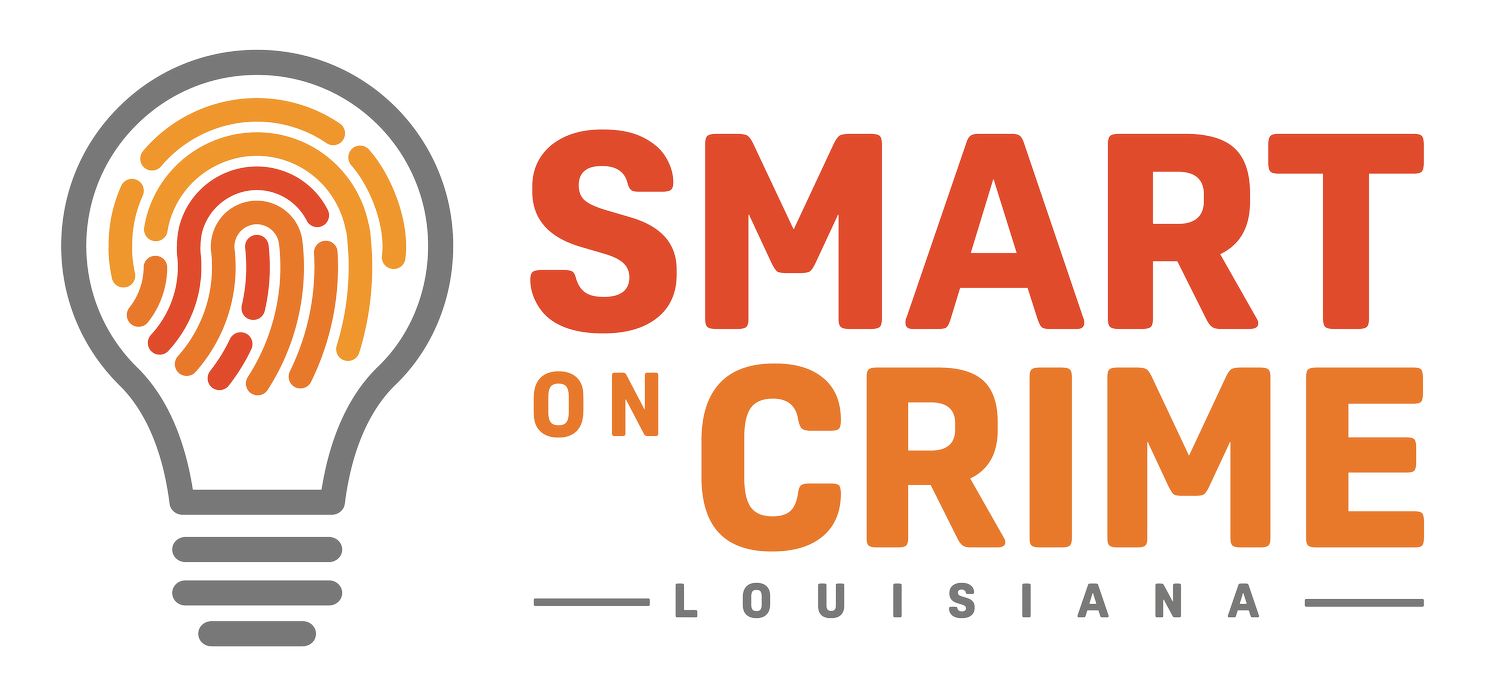Save the Court Date: How Technology Can Help Reduce “Failure to Appear” Rates
Missing a court appearance can have serious consequences: hefty fines, arrest warrants, and even jail time. Each year, millions of Americans fail to appear before courts. Missed court dates are not always intentional; failure to plan ahead, transportation and logistics, and forgetfulness often keep people—particularly those who don’t typically follow a calendar day to day—from making it to the courthouse. Additionally, missed dates are often related to nonviolent offenses, like traffic violations. Data gathered in North Carolina indicates that 9 out of 10 missed court appearances were related to driving infractions. Courts can leverage simple technology practices to reduce this outcome, helping citizens and promoting efficiency in the court system .
Text message reminders have been shown to significantly reduce Failure to Appear rates (FTAs). Using the same methods as doctors’ offices and other appointment based services, courts can contact those scheduled to appear with a simple text in advance of their set date. This text does two things: reminds the individual of their upcoming commitment and emphasizes the importance of appearing on time. A text system is not flashy or cutting edge technology, but there is sound research to support that it has a huge impact and is deeply affordable.
Virtual appearances can alleviate the logistical challenges that come with making a court date. Between the transportation, parking, and waiting, a visit to the court can often overwhelm those without the resources to accommodate such an event. Jurisdictions can opt to hold more simple proceedings remotely and prioritize higher level and more complicated proceedings for in person meetings. Similar to how text reminders can have a psychological effect of emphasizing the importance of attendance, virtual court dates can ease the anxiety that often leads to FTA.
Rideshare apps can improve appearance rates when an in-person appearance is necessary. Many lack access to adequate transportation while others have suspended licenses while waiting for their court appearance. The North Carolina Court Appearances Project prioritized removing transportation barriers in the legal process. Some counties partnered with popular rideshare apps, like Uber, to present a safe and free path to the courtroom. Taking advantage of this kind of technology is particularly helpful in rural areas where public transportation is scarce or not available at all. And where rideshare services are not available or plentiful, creative partnerships with other government and non-government programs and services that offer transportation, like Council on Aging, could prove beneficial.
In Louisiana, some judges are using technology to make the courtroom experience more accessible to justice-involved individuals and ease some of the administrative burdens that accompany missed court dates. Judge Scott Schlegel, who serves on the Fifth Circuit Court of Appeal, has embraced a “digitized” courtroom and implemented virtual calendars alongside other mechanisms to streamline and improve the judicial process. Schlegel is also chair of the Louisiana Supreme Court Technology Commission, which identified impediments to a more efficient court process that could be easily solved through technology.
The Commission recommended that each district court implement the following features into uniform websites: the ability to attend court online, access online calendars with text and email reminders, view court orders and fill out forms, locate important contact information, remotely verify the identity of video participants, efficiently schedule inmate video appearances, establish a virtual self help desk for self-represented litigants, and provide critical resources to specialty court participants.
A text, Zoom meeting, or Uber ride can offer quick resolution to judicial matters, making all the difference in the lives of those involved and enhancing trust in the justice system. Incorporating simple technologies can lead to reduced recidivism rates, decreased court clog, and a more transparent judicial process. While the values of justice and integrity may be ancient, the means we use to reach them ought not be.
